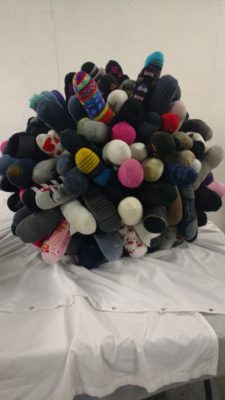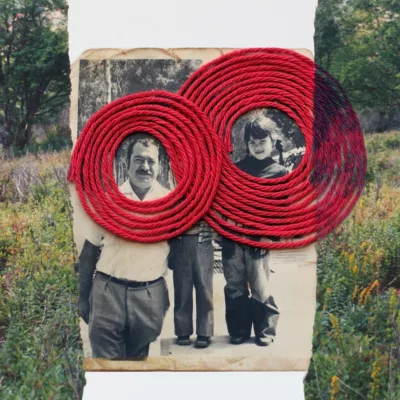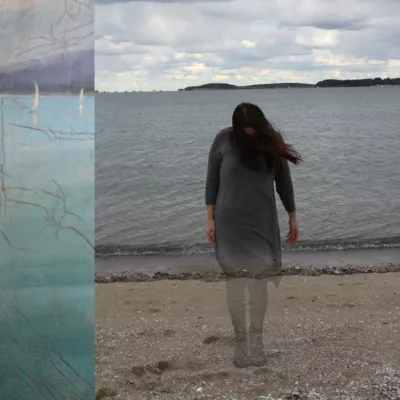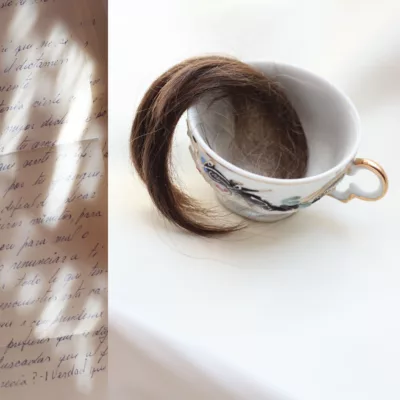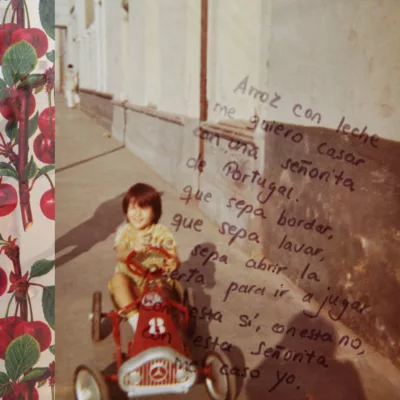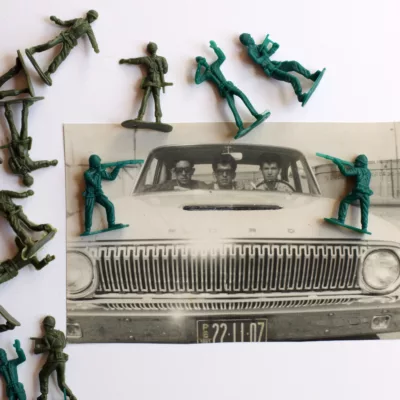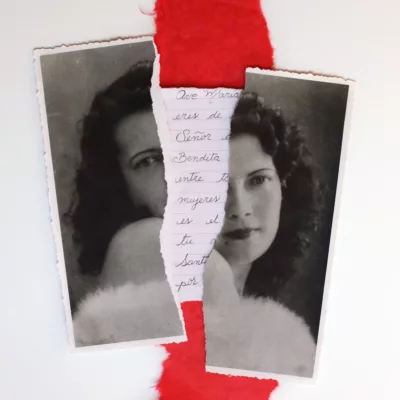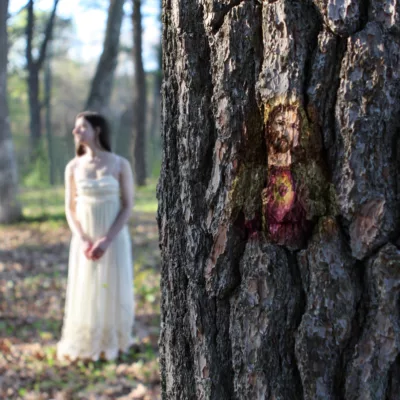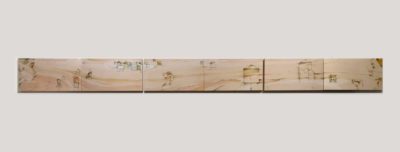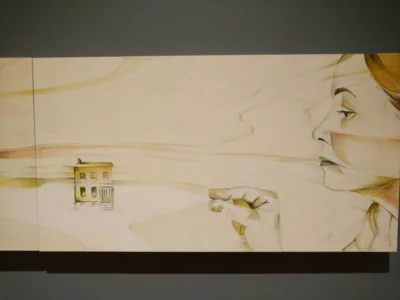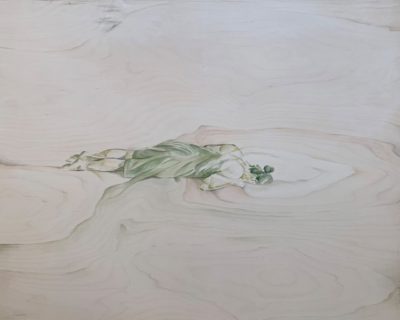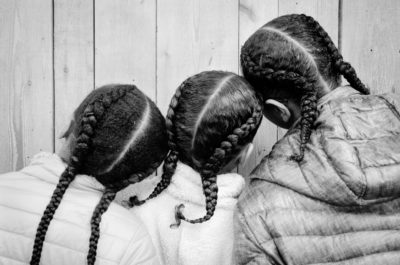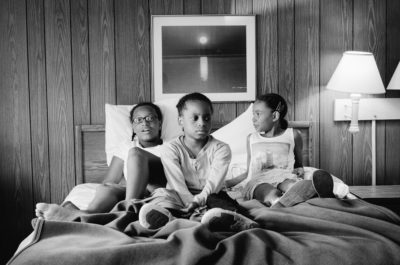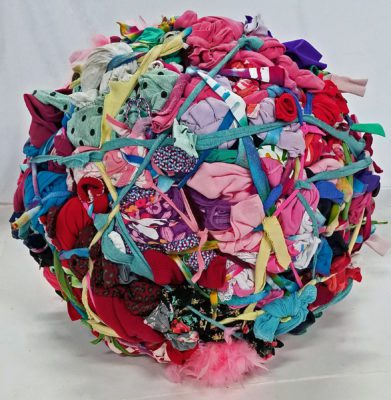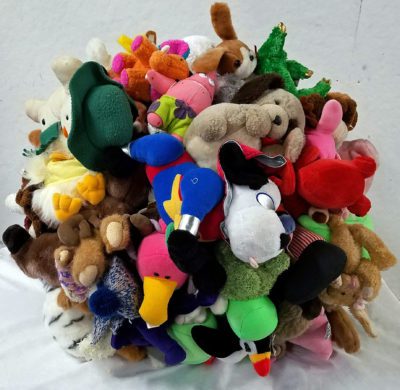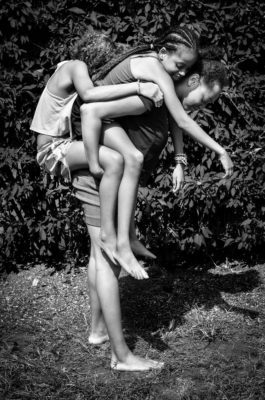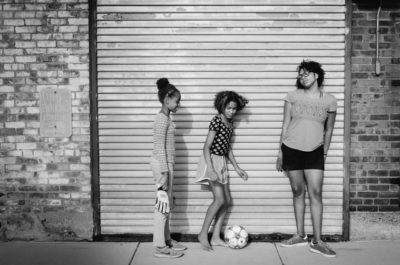Family Circle
Family history is marked by traditions, rituals, and stories. What remains to be passed down becomes the documentation of a family, preserving a sense of continuity. Traditions link generations of the past with the present. Stories families tell recreate journeys, blur the line between fact and memory, embellish mysteries, and help us to understand how we identify our own roles within a family.
Each of the artists in this exhibition have chosen to explore the idea of family—at times directly, sometimes in the abstract. Each were extracting memories to create their work, and each weave complex narratives. These artists are telling us a part of their family story, giving a glimpse of their family circle, whether it be through parents, children, cousins, or friends. They are methodically sorting through family history, doing both physical and mental detective work, and the result is an exploration of relationships with others and a discovery of the self.
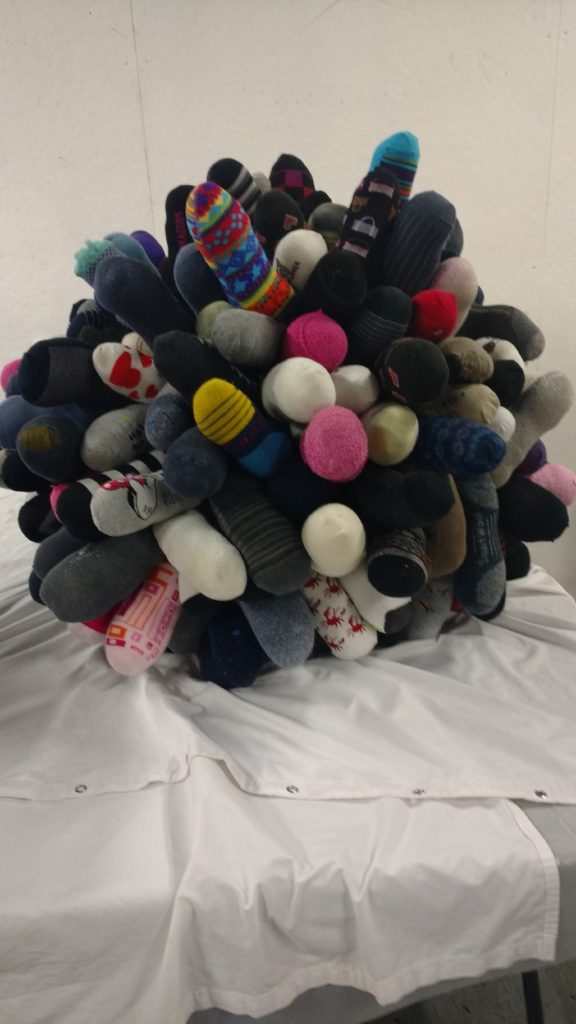
life’s a ball, sock it to me , 2017-2019, Found object sculpture
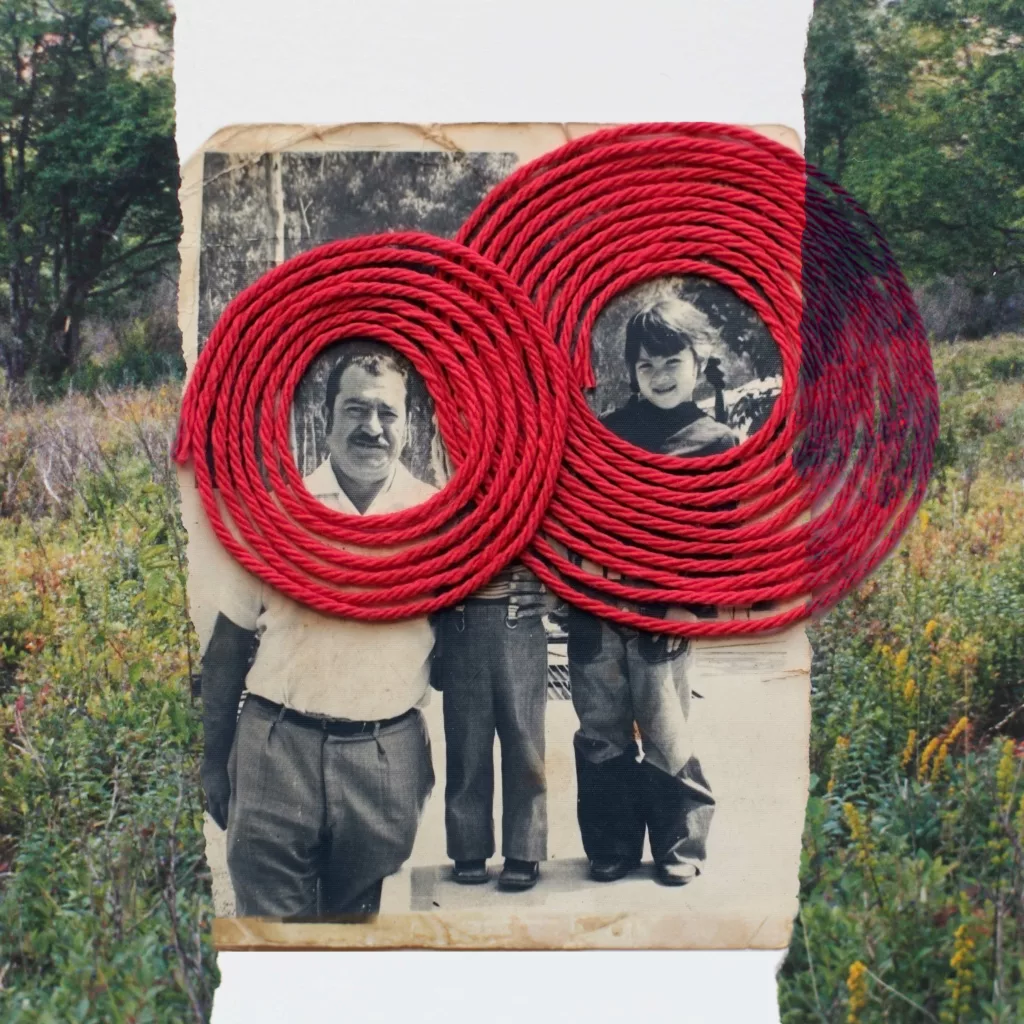
Historias Fragmentadas 7 , Photograph

Historias Fragmentadas 08 , Photograph
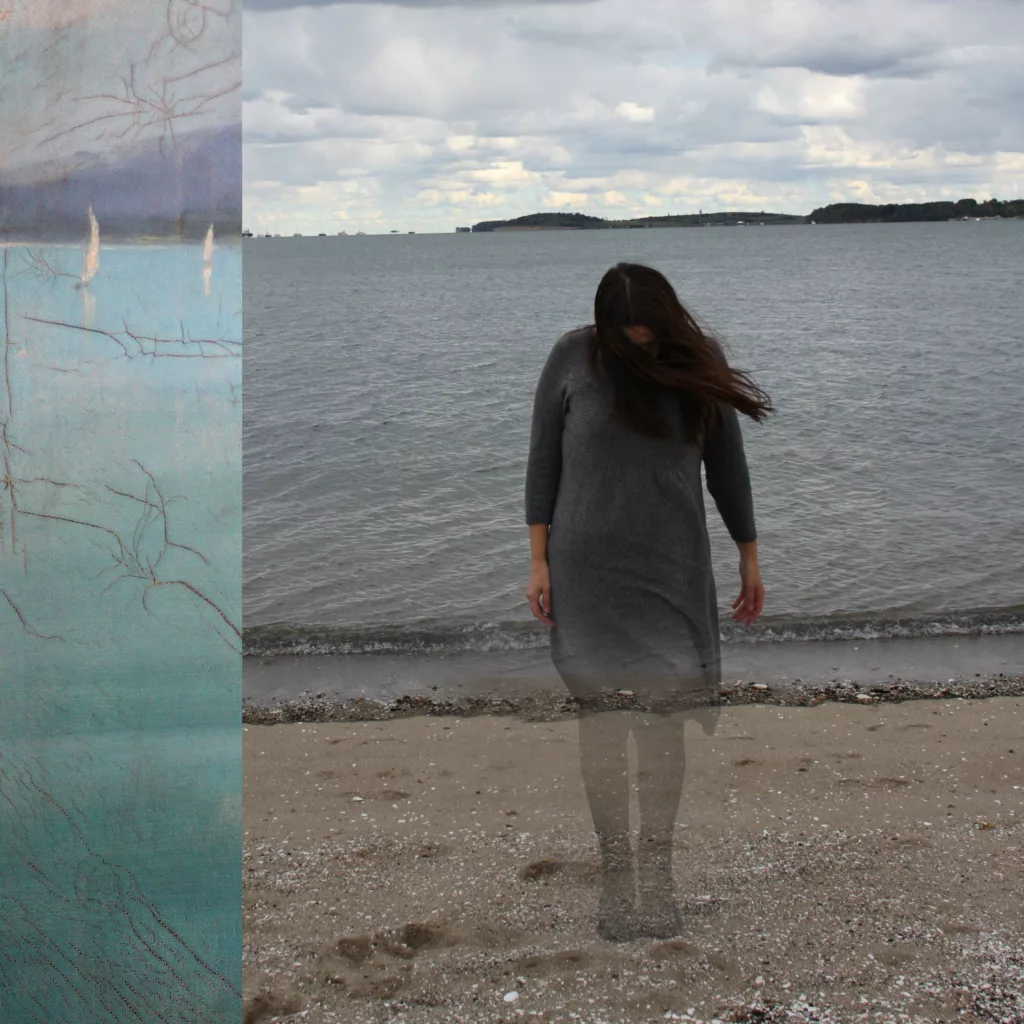
Historias Fragmentadas 30 , Photograph
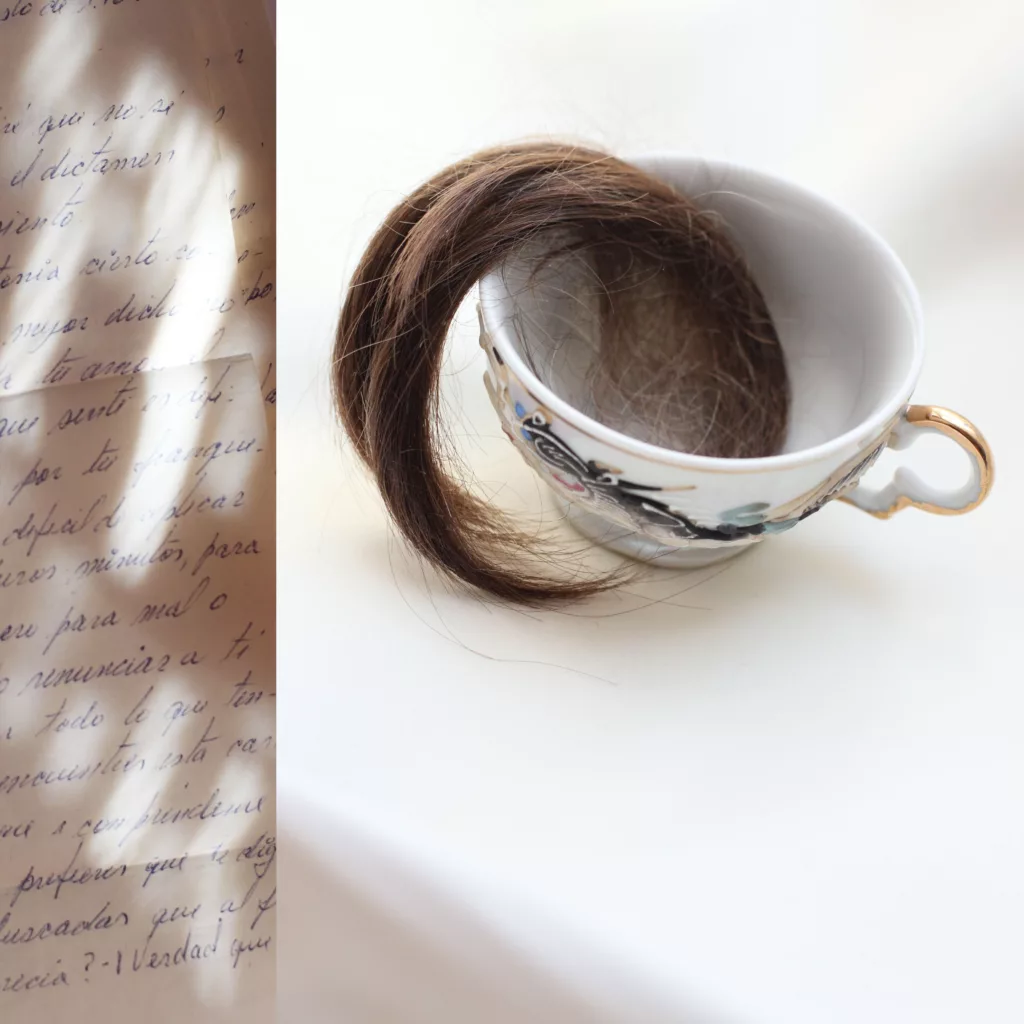
Historias Fragmentadas 28 , Photograph
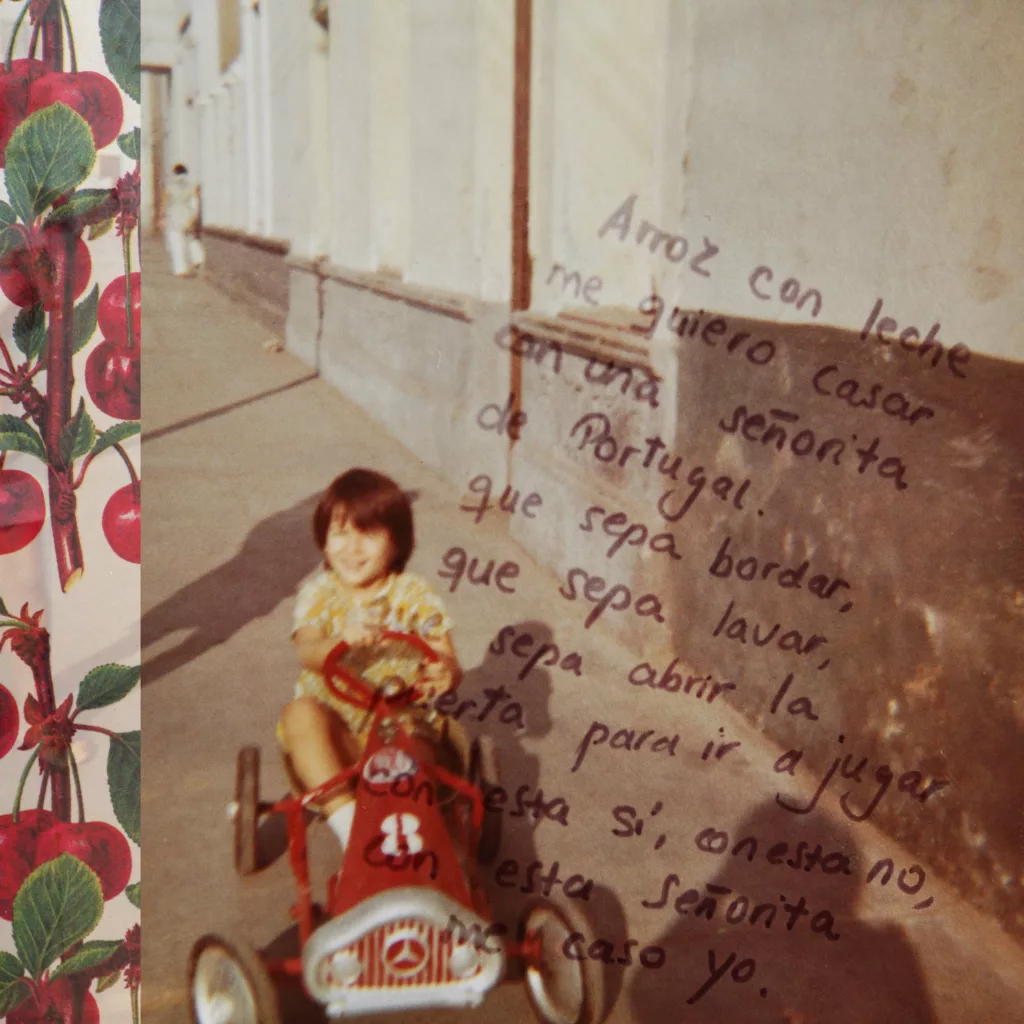
Rice With Milk , Photograph

Historias Fragmentadas 16 , Photograph

Historias Fragmentadas 2 , Photograph
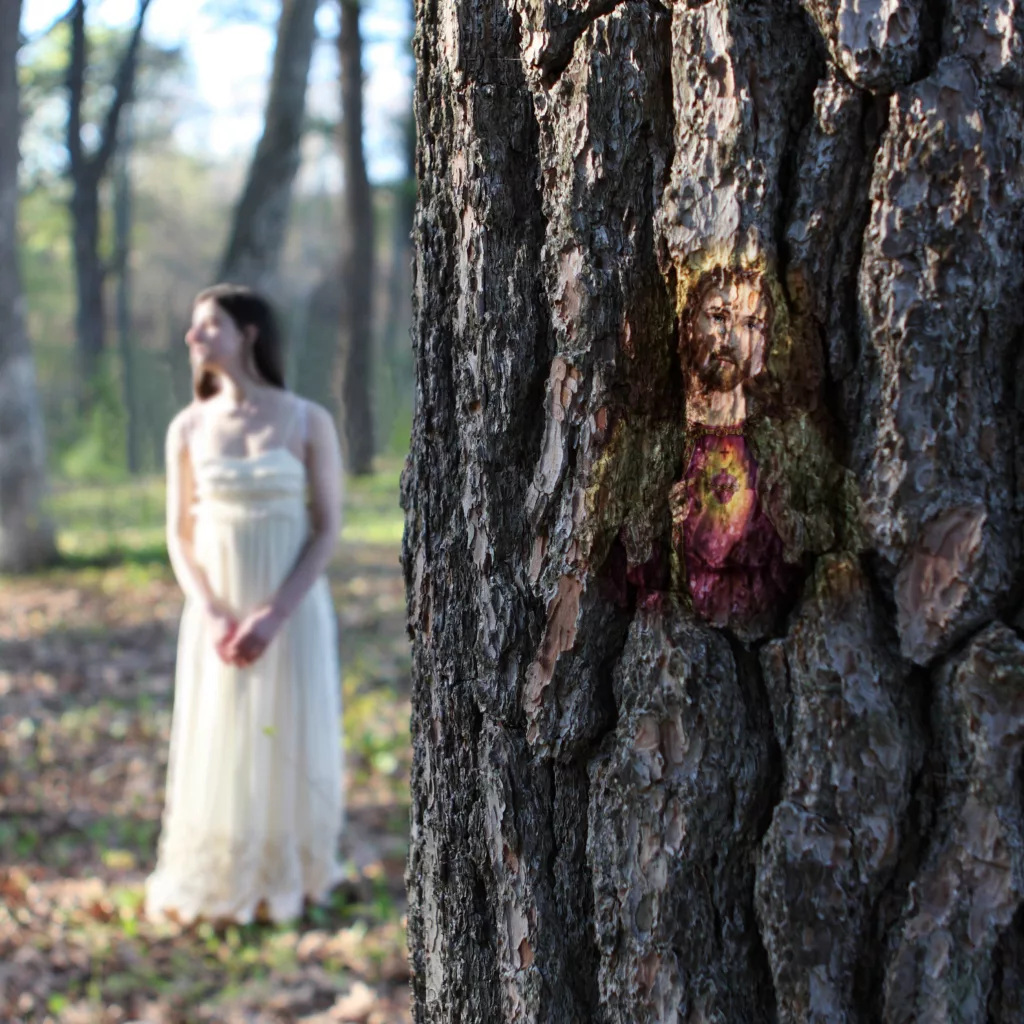
Historias Fragmentadas 9 , Photograph
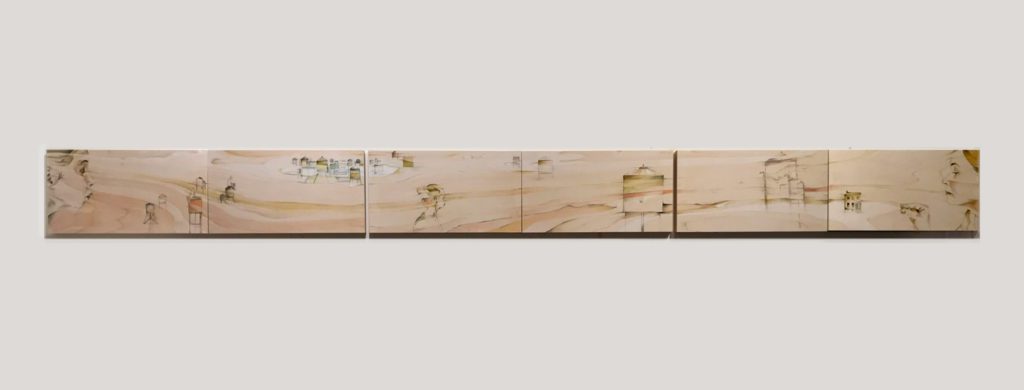
Fairy Tale Life , 2018, Oil on birch panels
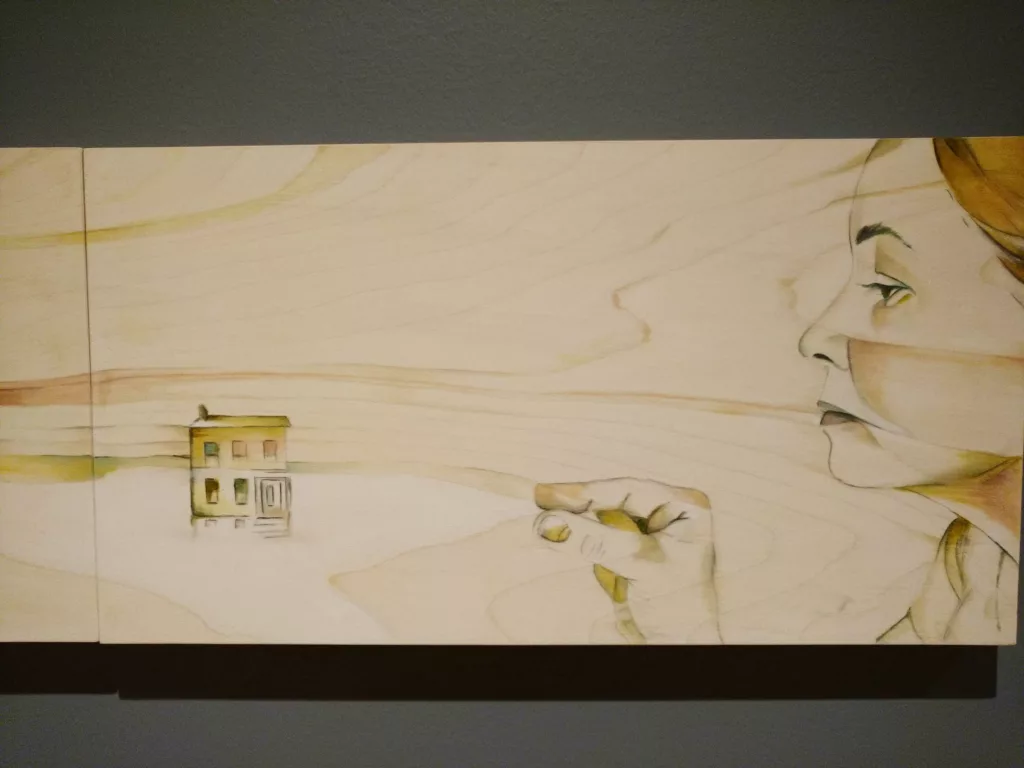
Fairy Tale Life – Detail , Oil on birch panel

Rabbit Hole , 2019, Oil and graphite on birch panel
Museum Purchase, 2020.56
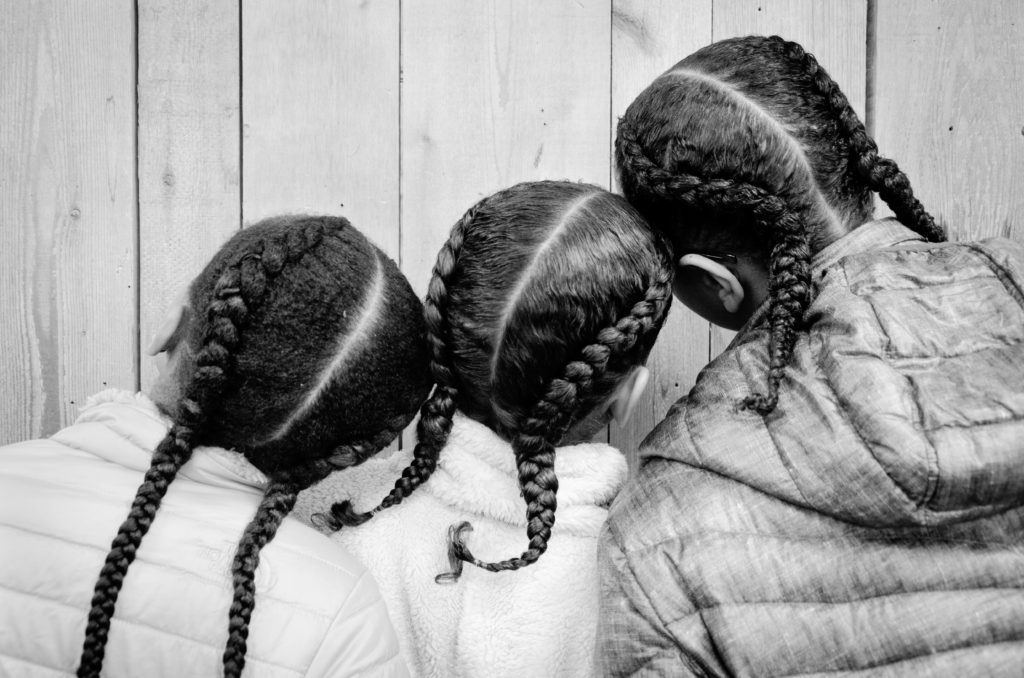
Braids , 2019, Archival Inkjet Print
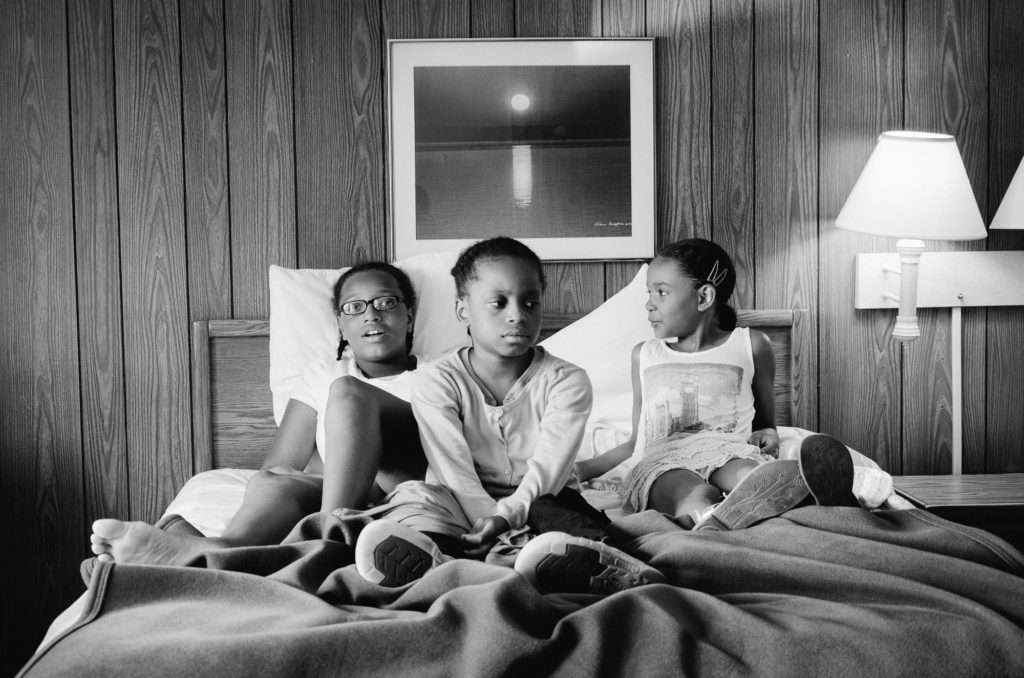
Competition (Clinton Motel) , 2016, Archival Inkjet Print

Kitty’s Last Supper , 2017, Archival Pigment Print
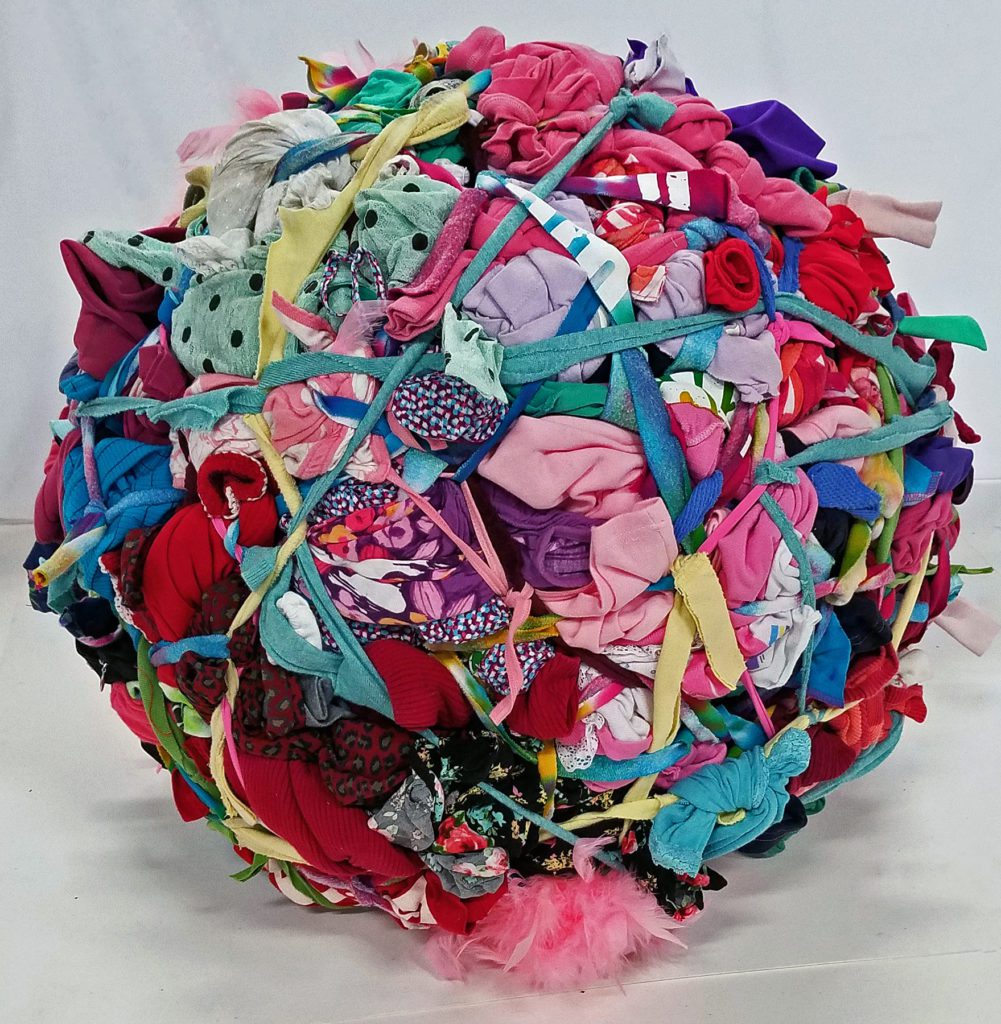
life’s a ball 3, family debris , 2017-2019, found objects sculpture
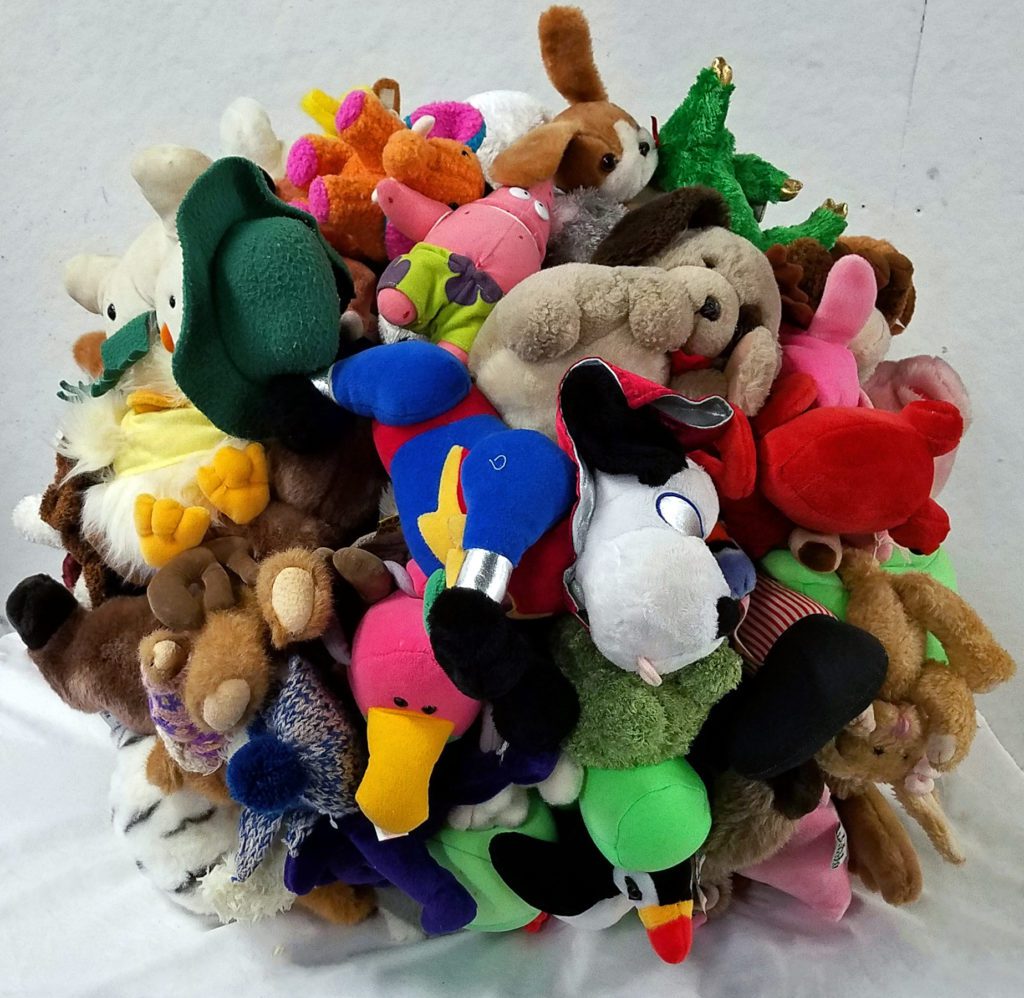
life’s a ball 2, family debris , 2017-2019, Found object sculpture
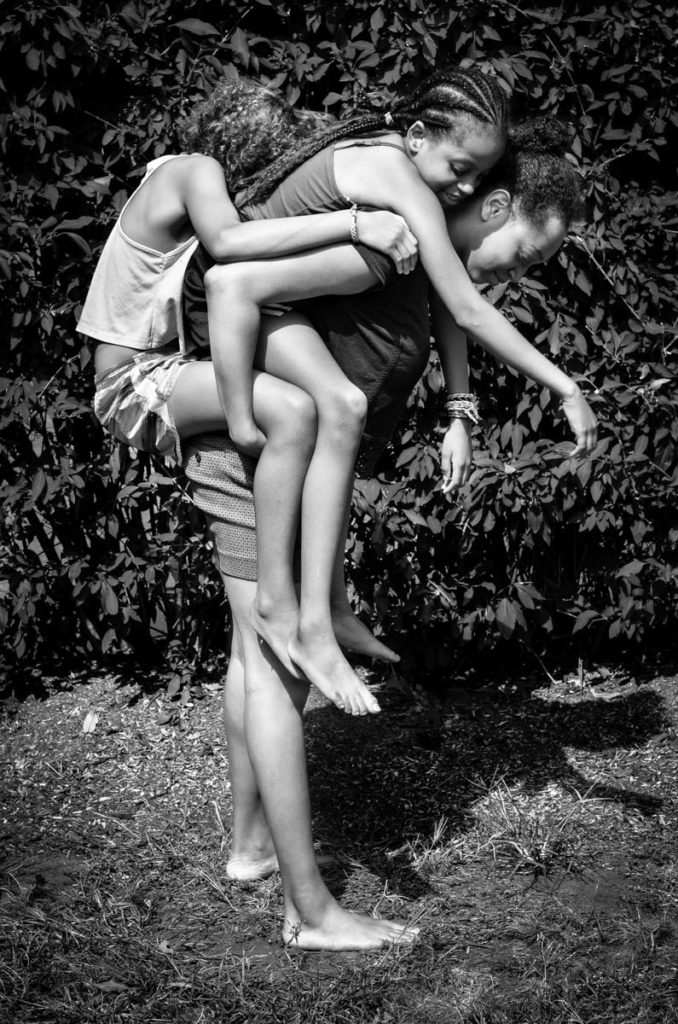
Piggyback , 2017, Archival Inkjet Print

Plexiglass , 2017, Archival Inkjet Print
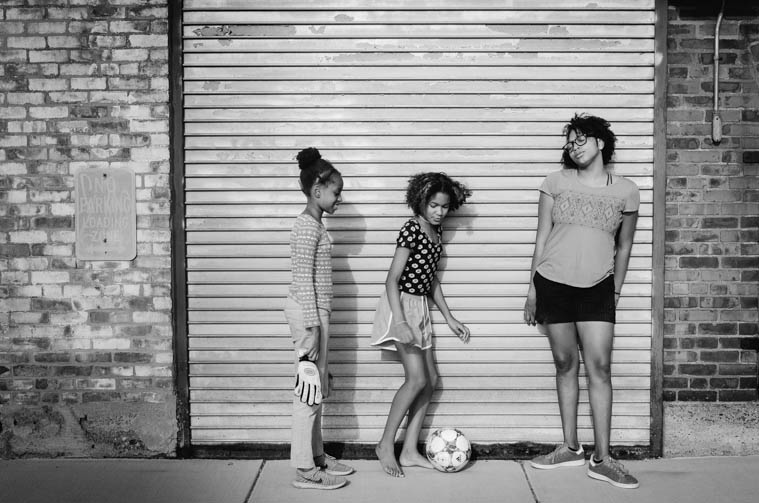
Soccer Ball , 2017, Archival Inkjet Print
This exhibition chronicles family gatherings and traditions through the accumulation of objects, people, and places. This is most apparent in the work of Lisa Barthelson, whose family debris series takes the objects her family discarded—stuffed animals, socks, t-shirts, jeans, dance costumes—and reinvents them as giant orbs. The accumulation of these items is both physically enticing and an exercise in nostalgia, since each item symbolizes a memory for the artist. When they are complete, Barthelson’s works are literal family circles, almost overwhelming physical manifestations of everyday family life.
Both Jasmine Chen and Claudia Ruiz-Gustafson visually map their family history through their work. Layering is a key aspect for both artists, telling their stories through the addition of materials. For Jasmine Chen, layering involves paint and mixed media, working and reworking each piece, adding different elements as she recalls particular life events. When each work is complete she has managed to link a past memory, often related to her childhood in China, to a more contemporary life experience.
Claudia Ruiz-Gustafson layers her works through an accumulation of objects which reveal passages from her family history. Her work is primarily autobiographical, and her process of creating each piece allows her to reflect on the past. She relies on visual codes and symbolism—old photographs, rays of light, birds, water, fabric, and thread—and the relationship between text and image. The Historias Fragmentadas series is an exercise in memory and discovery. In piecing together her family history in Peru and her immigration to the United States, she uses collage to uncover secrets and consider the person she is today. Each work is another layer of her life’s narrative, and text is integral to the imagery, with her own writing further enriching the story of her family journey. Both Chen and Ruiz-Gustafson add in order to uncover the past.
Jenny Carpenter is fascinated with where we come from, both ancestrally and geographically, and how the past affects our contemporary lives. Her panoramas, depicting journeys to and from the Hudson Valley and Omaha, are chapters that piece together the story of her life, depicted in an ethereal, almost fairy-tale manner. The panoramic effect in each of their works leads our eyes through their stories like a memory timeline. Through visual cues and a subtle manipulation of the shape of things, these artists are able to enhance the narrative nature of their work.
Check out the artist’s websites:






